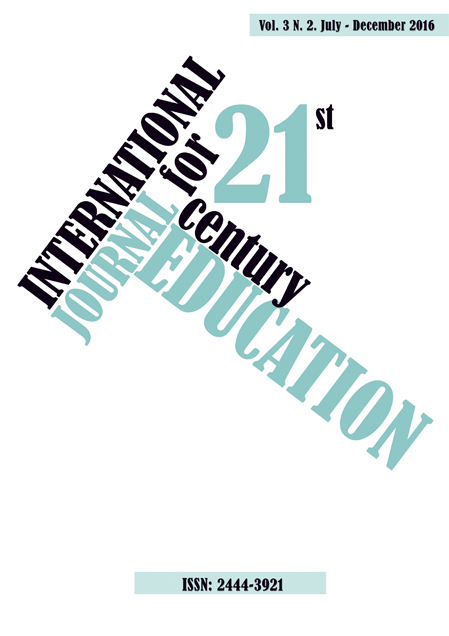PROMOTING STUDENT ENGAGEMENT THROUGH OUTCOMES BASED EDUCATION IN AN EAL ENVIRONMENT
Main Article Content
Abstract
Outcomes-based education is an approach that has been promoted, and adopted in several education systems around the world since the early 1990s. Many programs have been adapted successfully over time while others have been phased out for various reasons, including interpretations, issues with assessment, increased instructor workload and perhaps more philosophical issues concerning the nature of learning. However, while there may be a case to be made for holistic learning being lost in a rigid, atomistic approach, there is undoubtedly a range of benefits. One of these is that a well-designed outcomes-based program can help facilitate student engagement because of the nature of the activities and tasks required to demonstrate performance. An outcomes-based process is also one of the requirements of most accrediting bodies in order to demonstrate accountability, and for setting clear statements of what students will be able to do after particular phases of learning, by the end of a course or upon graduation.
A one particular learning outcome of relevance to EMI (English as Medium of Instruction) and (CLIL (Content and Language Integrated Learning) environment is the requirement to demonstrate the ability to communicate effectively. In undergraduate education, the objective of this particular outcome has two main features; one is to facilitate cognitive development through the acquisition, internalization and articulation of knowledge and the second is to enable graduates to enter the workplace and be accepted as members of the disciplinary discourse community. As such, the responsibility of each program is to ensure that steps are taken to provide every opportunity for this to be achieved and not just through the frontloading of language skills in earlier language courses.
This paper outlines an outcomes-based approach applied to an undergraduate Humanities elective course for EAL (English as an Additional Language) students at an engineering institute in the Middle East. The aim of the design is to embed a significant language requirement while engaging learners in a range of stimulating, incidental and explicit, multi-modal learning channels.
A one particular learning outcome of relevance to EMI (English as Medium of Instruction) and (CLIL (Content and Language Integrated Learning) environment is the requirement to demonstrate the ability to communicate effectively. In undergraduate education, the objective of this particular outcome has two main features; one is to facilitate cognitive development through the acquisition, internalization and articulation of knowledge and the second is to enable graduates to enter the workplace and be accepted as members of the disciplinary discourse community. As such, the responsibility of each program is to ensure that steps are taken to provide every opportunity for this to be achieved and not just through the frontloading of language skills in earlier language courses.
This paper outlines an outcomes-based approach applied to an undergraduate Humanities elective course for EAL (English as an Additional Language) students at an engineering institute in the Middle East. The aim of the design is to embed a significant language requirement while engaging learners in a range of stimulating, incidental and explicit, multi-modal learning channels.
Downloads
Download data is not yet available.
Article Details
How to Cite
CRAIG, R. (2016). PROMOTING STUDENT ENGAGEMENT THROUGH OUTCOMES BASED EDUCATION IN AN EAL ENVIRONMENT. International Journal for 21st Century Education, 3(2), 49–59. https://doi.org/10.21071/ij21ce.v3i2.5854
Issue
Section
Articles

